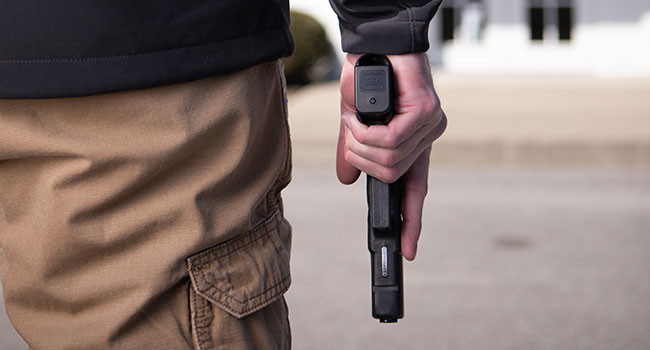
Report: Average Number of Gunfire on School Grounds Incidents Nearly Quadrupled During 2021-2022 School Year
As children go back to school for the new school year, Everytown for Gun Safety Support Fund, in collaboration with the National Education Association (NEA) and the American Federation of Teachers (AFT), today released a report detailing new data about the rise of gunfire on school grounds and solutions to prevent school shootings and keep students and educators safe. During the 2021-2022 school year, there were 193 incidents of gunfire on school grounds, nearly four times the average during these months in all other years and the highest number of incidents since Everytown began tracking these trends in 2013. The report includes a comprehensive plan to help prevent mass shooting incidents and gun violence in American schools. The report also discusses practices that can harm and traumatize students.
“School gun violence is preventable – we don’t have to live like this, and our children and educators should never die like this,” said Shannon Watts, founder of Moms Demand Action. “The best way to prevent gun violence in schools is to prevent children from accessing firearms in the first place, and to implement comprehensive policies that identify and support students in crisis. We must demand commonsense holistic, data-driven solutions that will protect our children and communities.”
“Through careful analysis, we have learned that those committing gun violence on school grounds are very often connected with the school, guns used very often come from the shooter’s home or that of other family or friends, and that school shooters nearly always exhibit advance warning signs,” said Sarah Burd-Sharps, senior director of research for Everytown for Gun Safety Support Fund. “These findings point the way to actions that experts agree can keep students and educators safe by acting on warning signs at the earliest stages and blocking easy access to firearms by those who would do harm.”
“We shouldn’t have to live in fear that gunfire can ring out at any moment, especially when we’re sitting in a classroom,” said Chloe Gayer, a volunteer with Students Demand Action in Iowa and member of the Students Demand Action National Advisory Board. “After far too many tragedies, we’ve seen that having more guns in learning environments is not an effective solution to prevent gunfire on school grounds. This cannot and should not be our reality – we need real solutions that keep students and faculty safe from school gun violence.”
“For far too long, gun violence has been a dangerous reality in the daily lives of students and educators — from constant ‘lock down’ drills, to the unspeakable trauma that our communities experience in the aftermath of a shooting,” said Becky Pringle, president of the National Education Association. “While extreme politicians try to distract us until the next tragedy, parents, students and educators are demanding real solutions and action. We’re proud to be a part of this report that provides real solutions that will make our schools the safest place in any community.”
“There are no panaceas, but the recommendations in this report include smart strategies and measurable actions we can take to protect students and staff, without deploying bad ideas like arming teachers or turning schools into hi-tech prisons,” said Randi Weingarten, president of the American Federation of Teachers. “Together, with parents and caregivers, teachers and school staff, the AFT will continue to push for solutions and work to ensure schools are safe and welcoming places where educators want to work, parents want to send their kids, and students can truly thrive.”
Gunfire on school grounds data tracked by Everytown for Gun Safety shows that between August 1, 2021, and May 31, 2022, there were 193 incidents of gunfire at preschools and K–12 schools that left 59 people shot and killed and 138 people shot and wounded. At least six in 10 of the victims killed and four in 10 of the victims wounded were current or former students of the school where the gunfire occurred.
These findings also confirm four trends about school gun violence – those discharging guns on school grounds often have a connection to the school; guns used in incidents generally come from the home, family, or friends; shooters nearly always exhibit warning signs; and gun violence in American schools has a disproportionate impact on students of color.